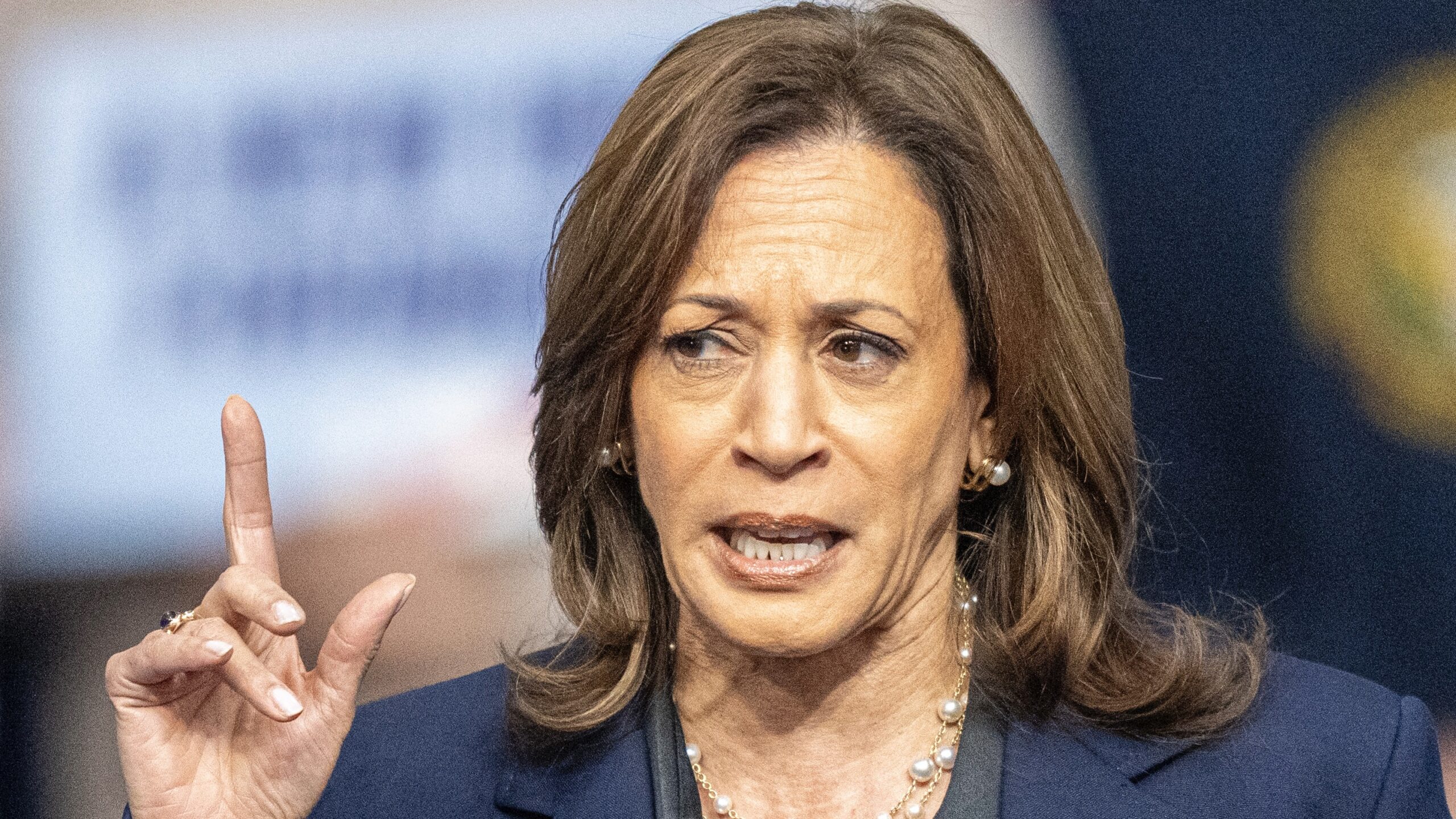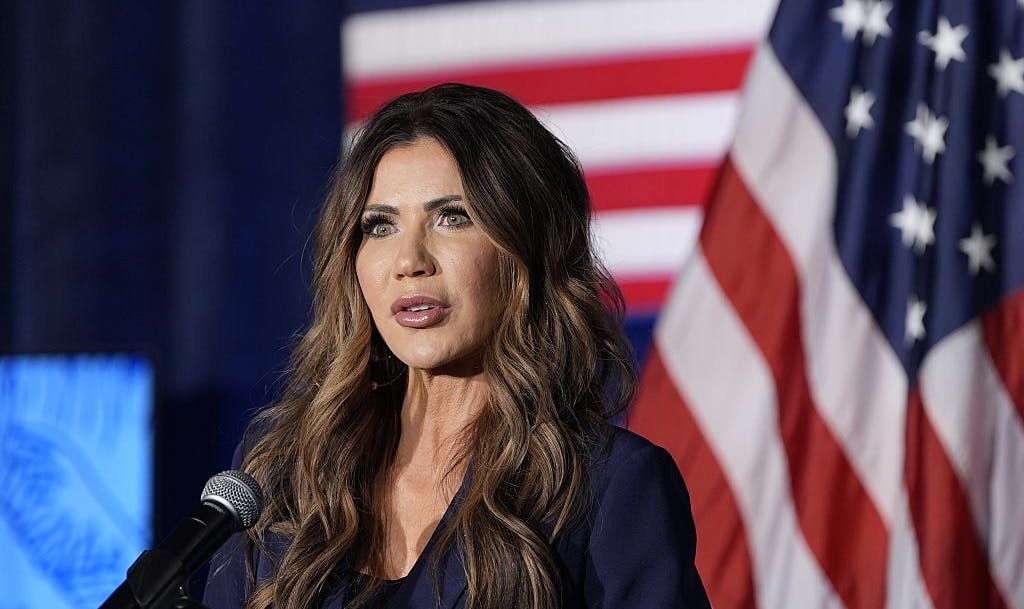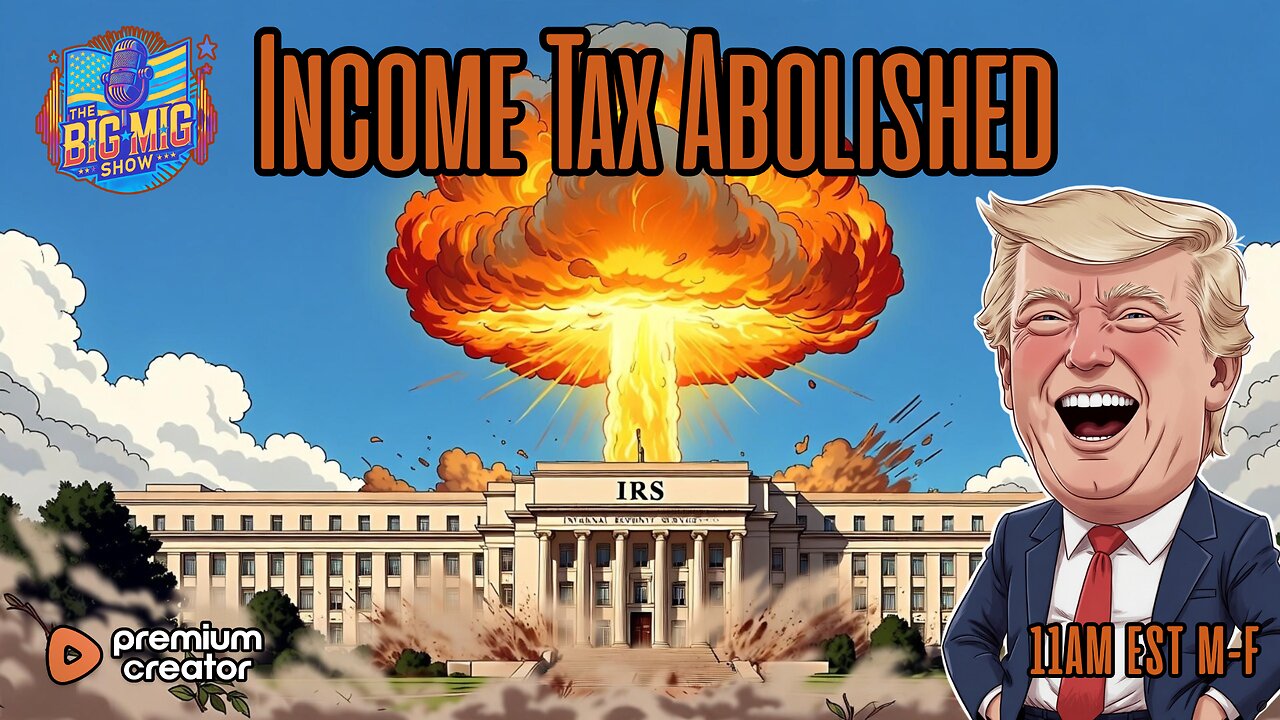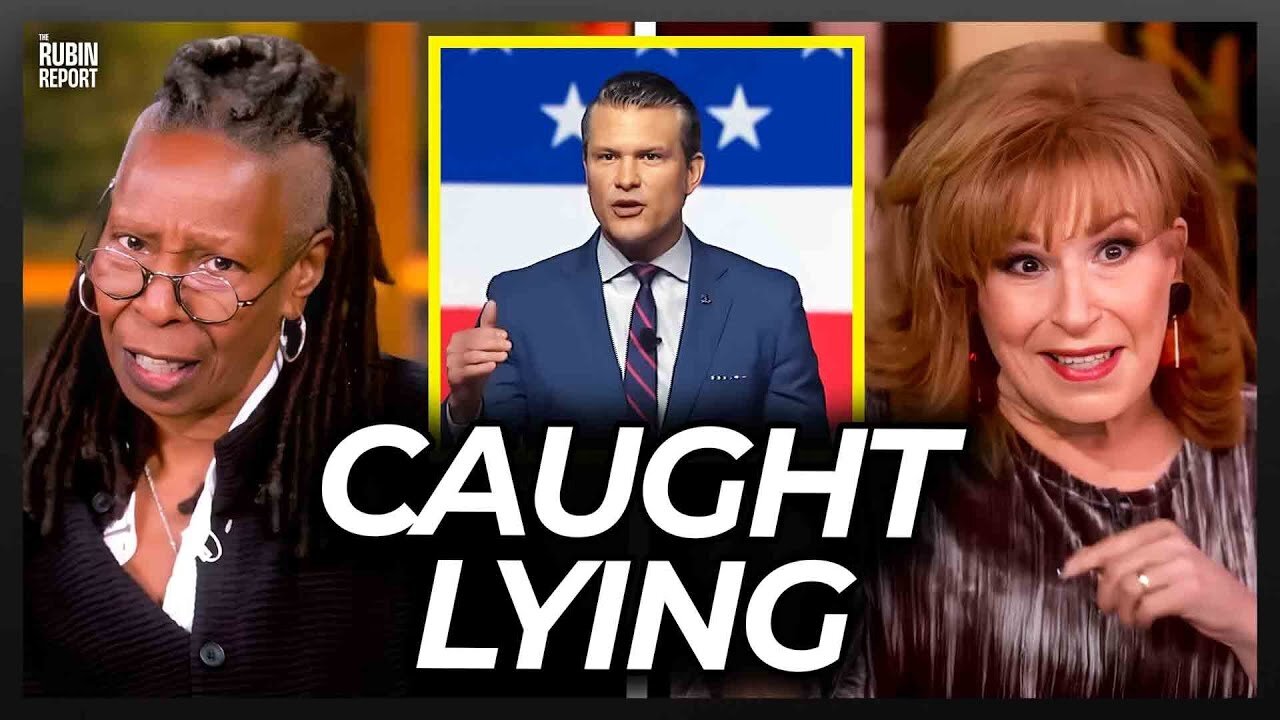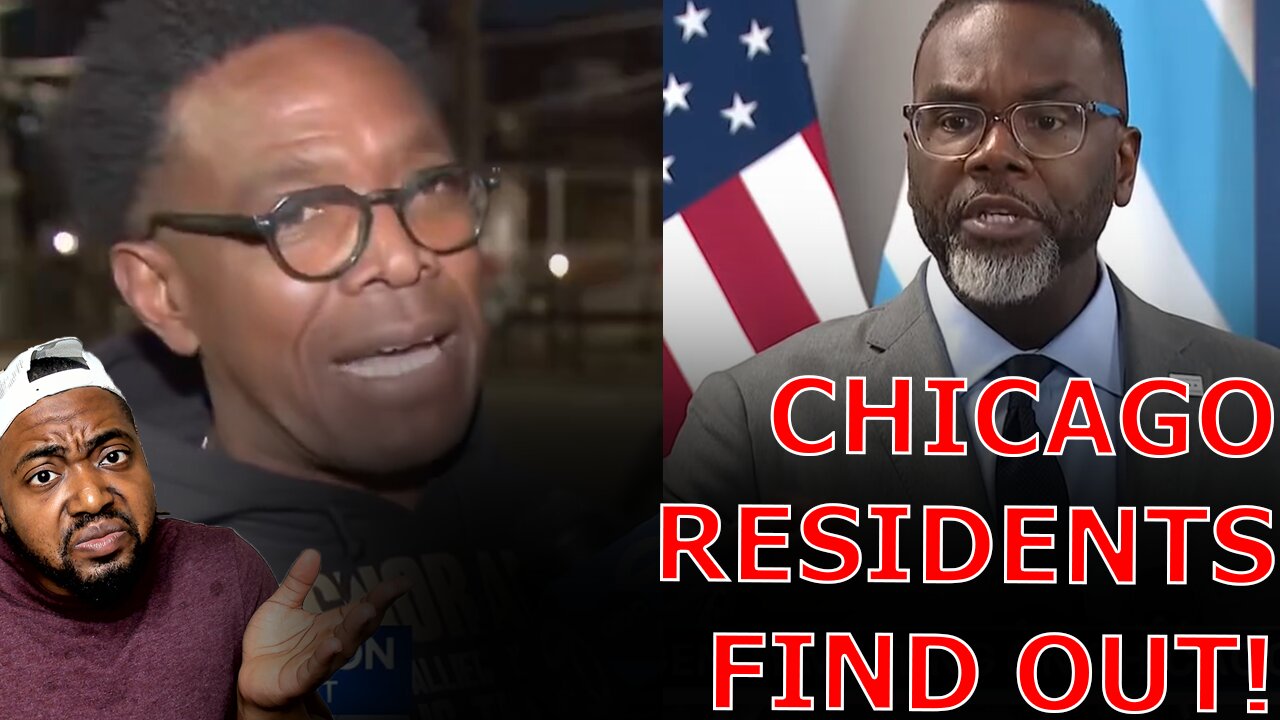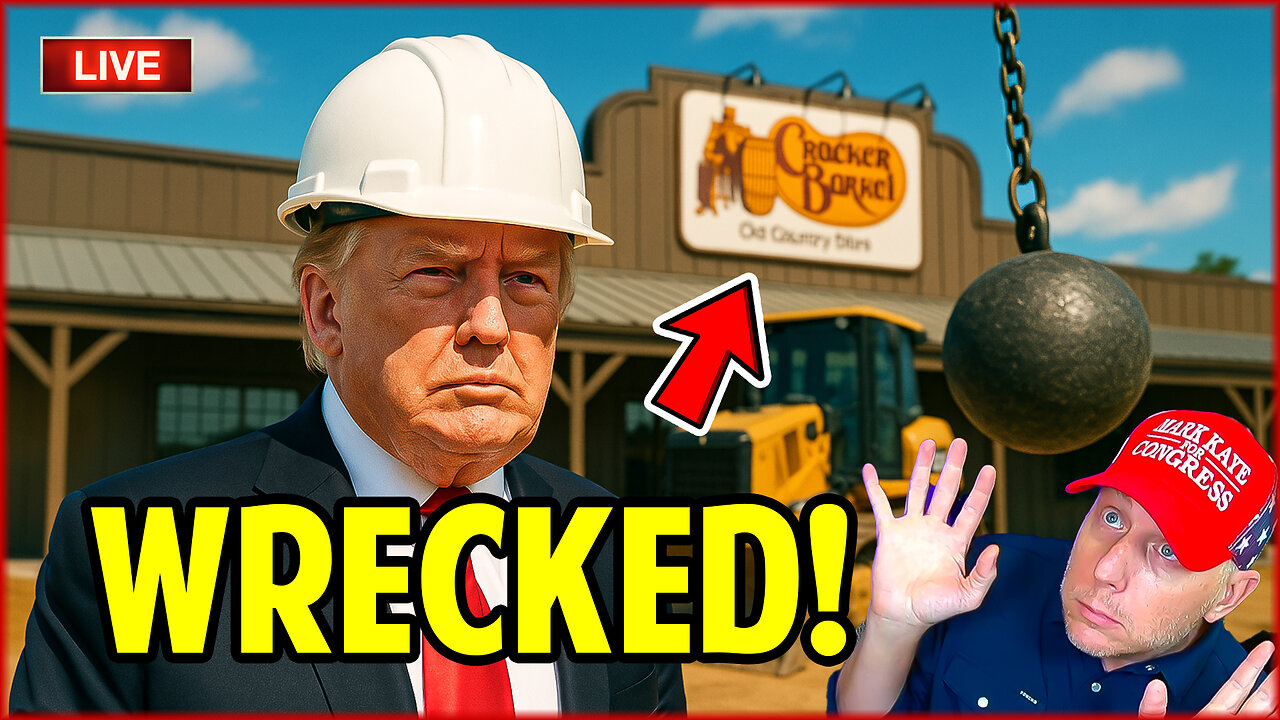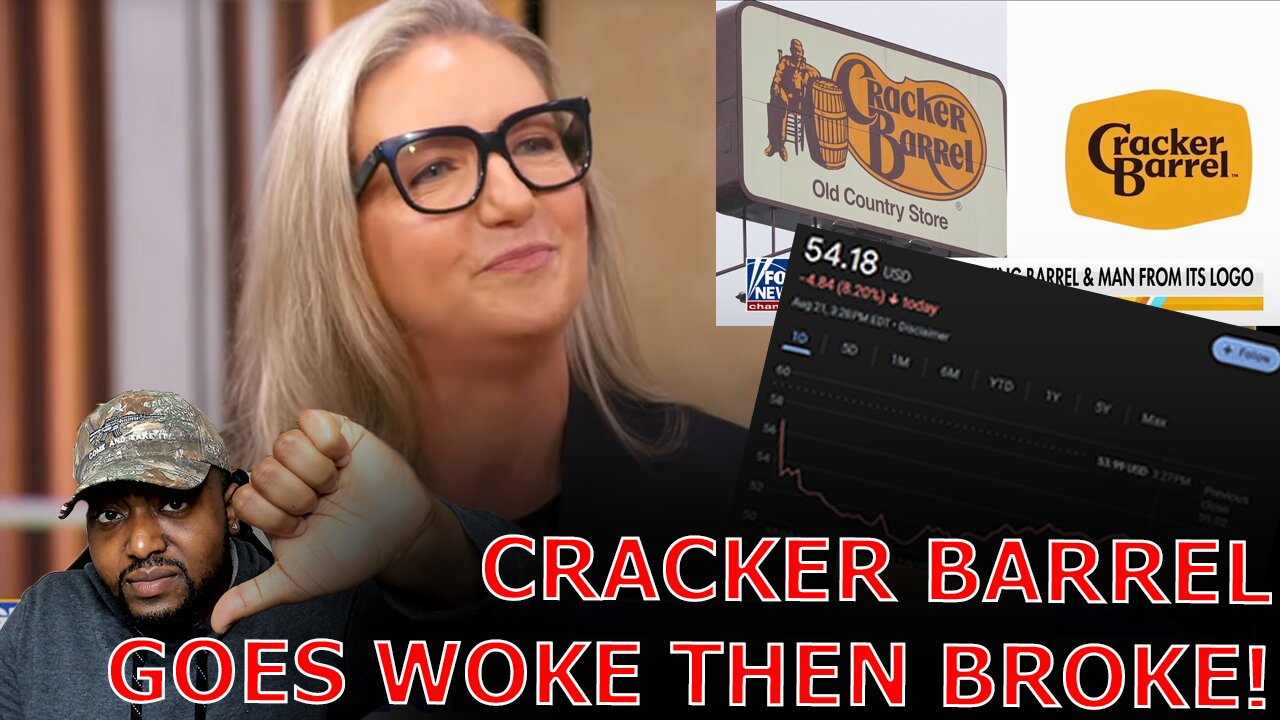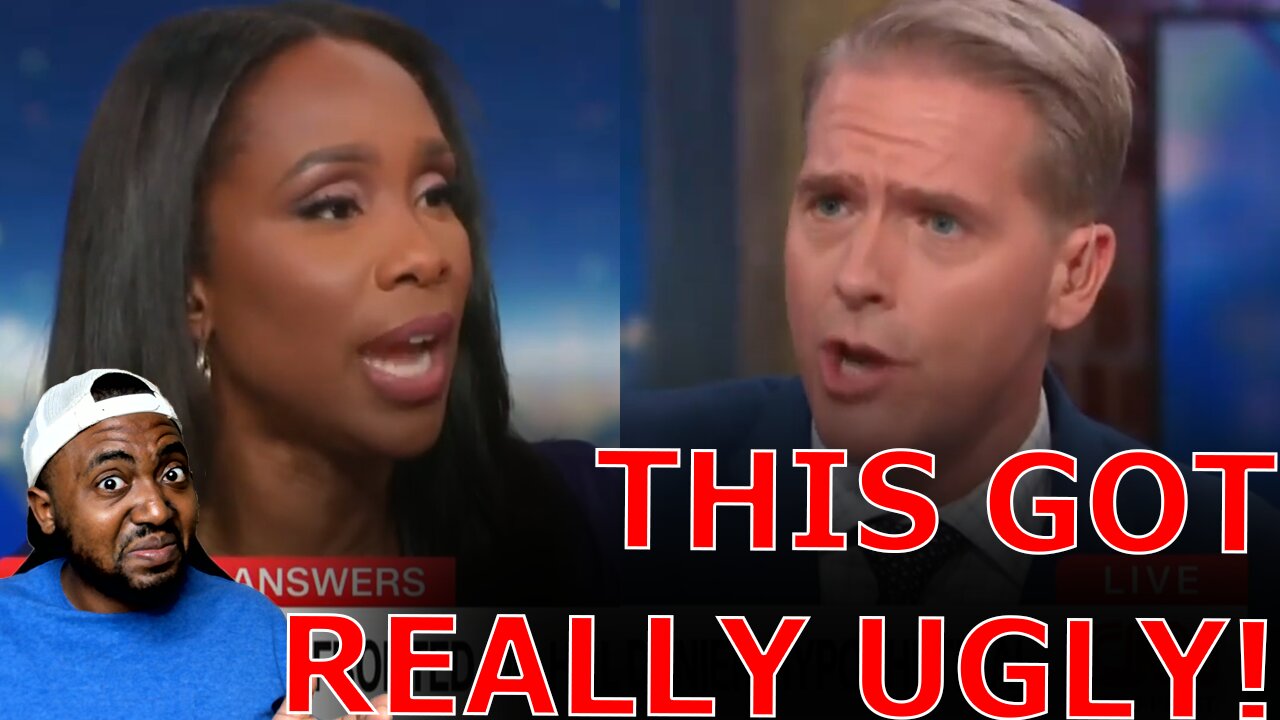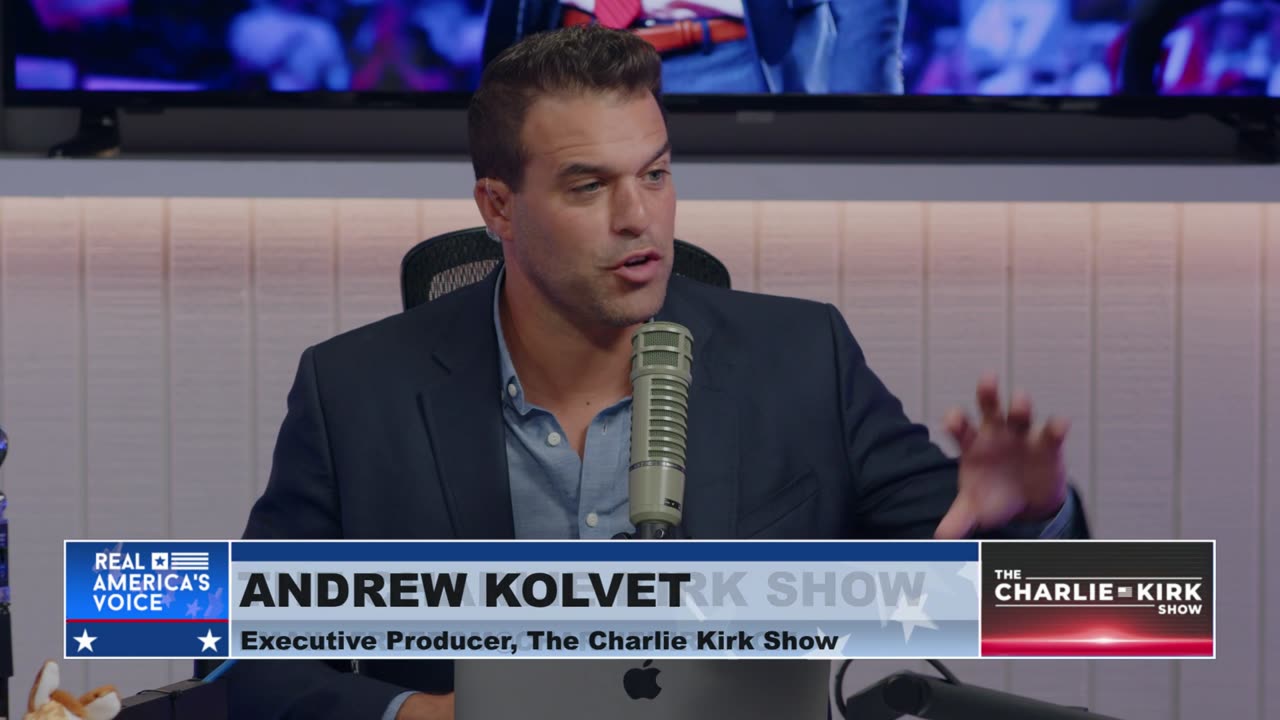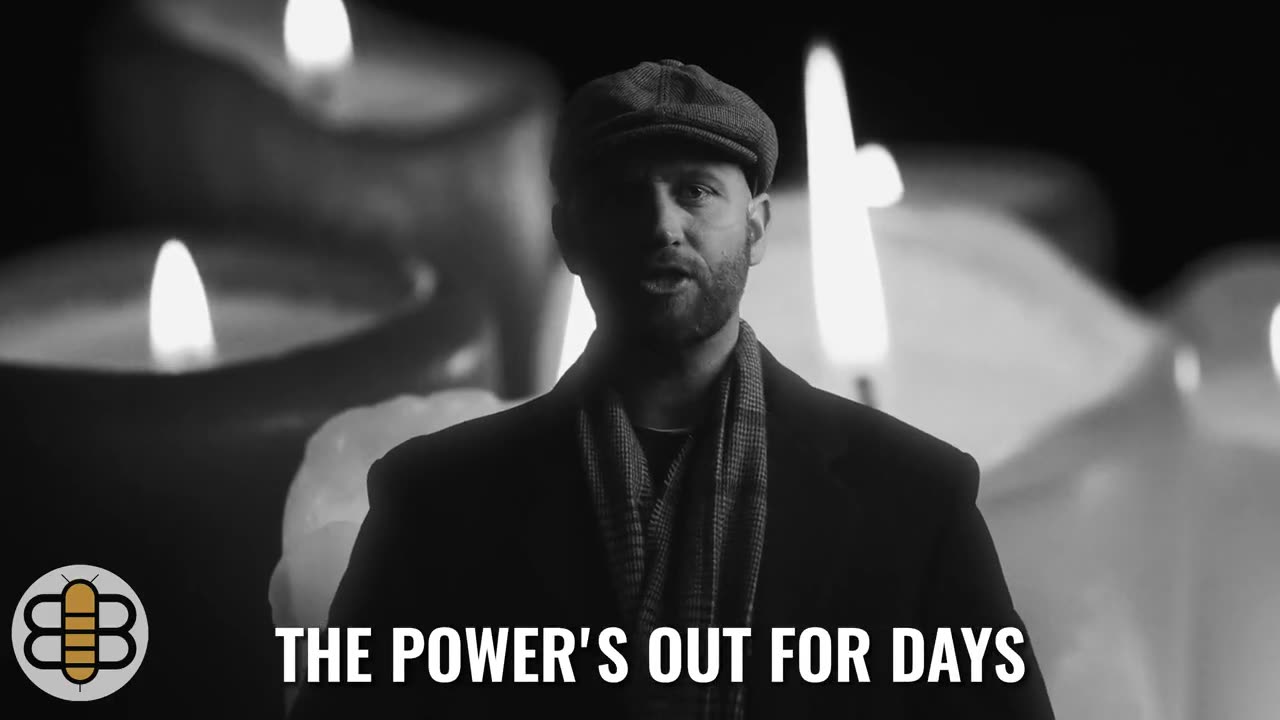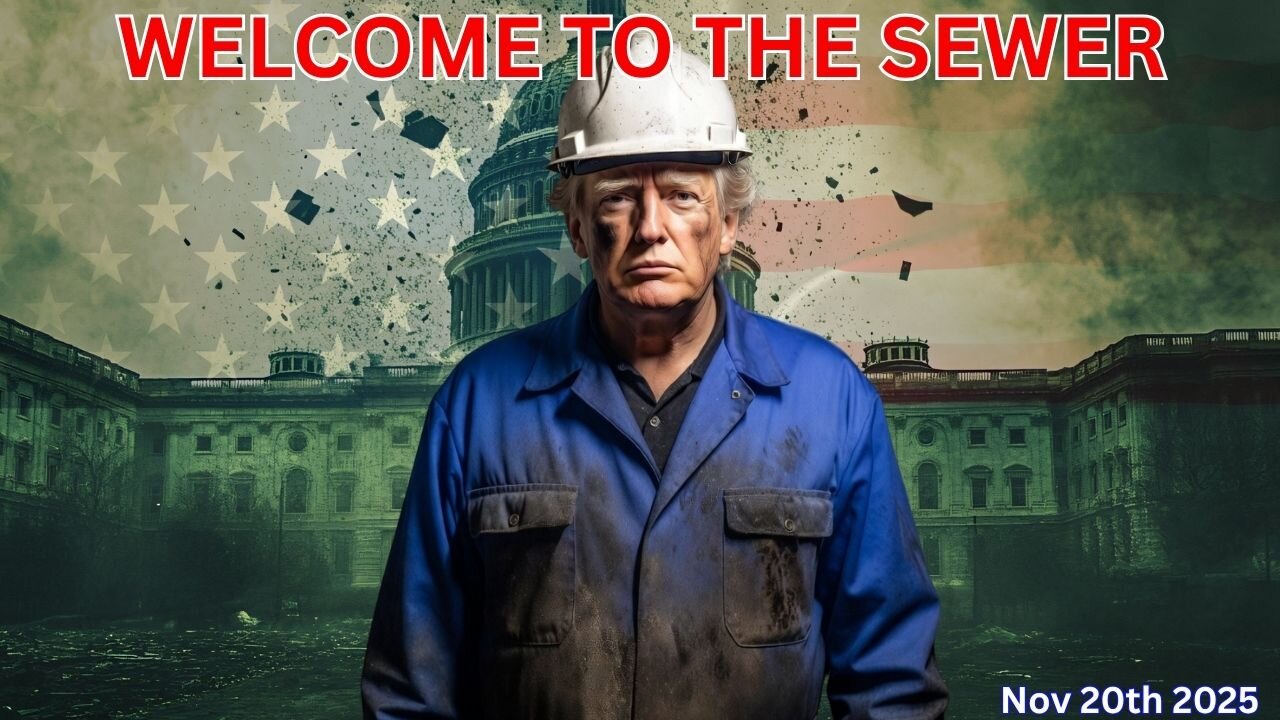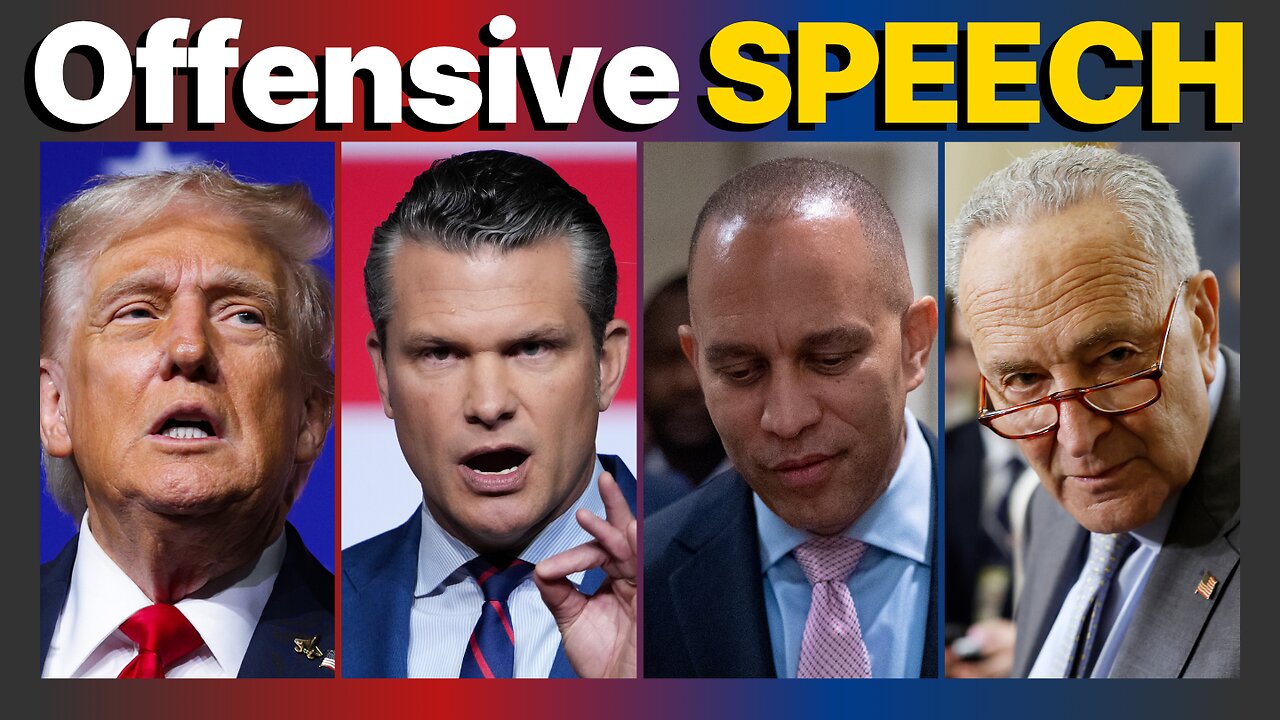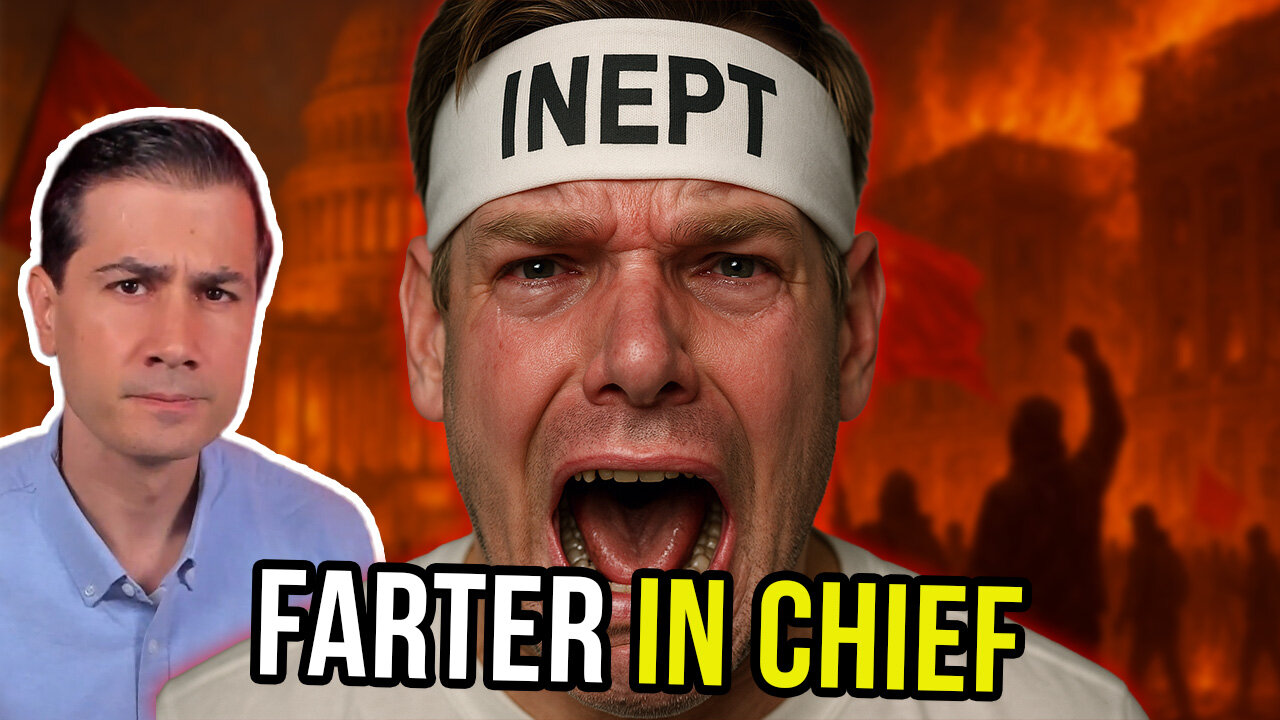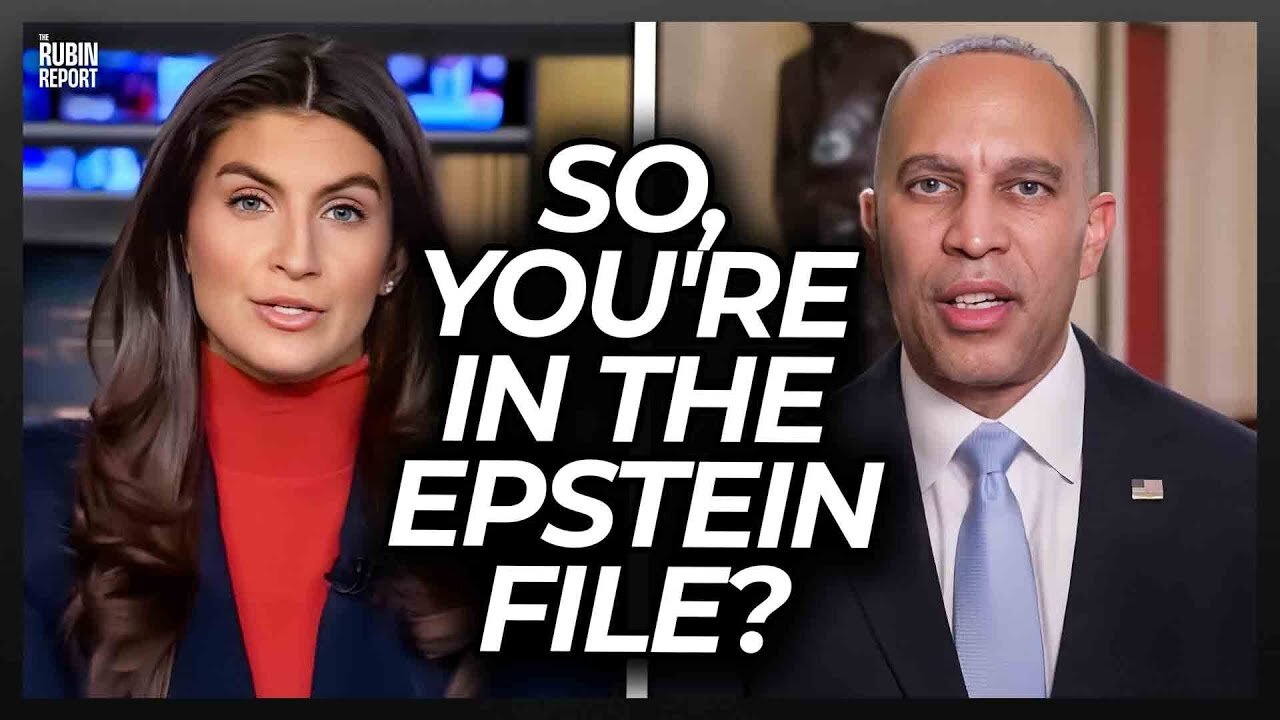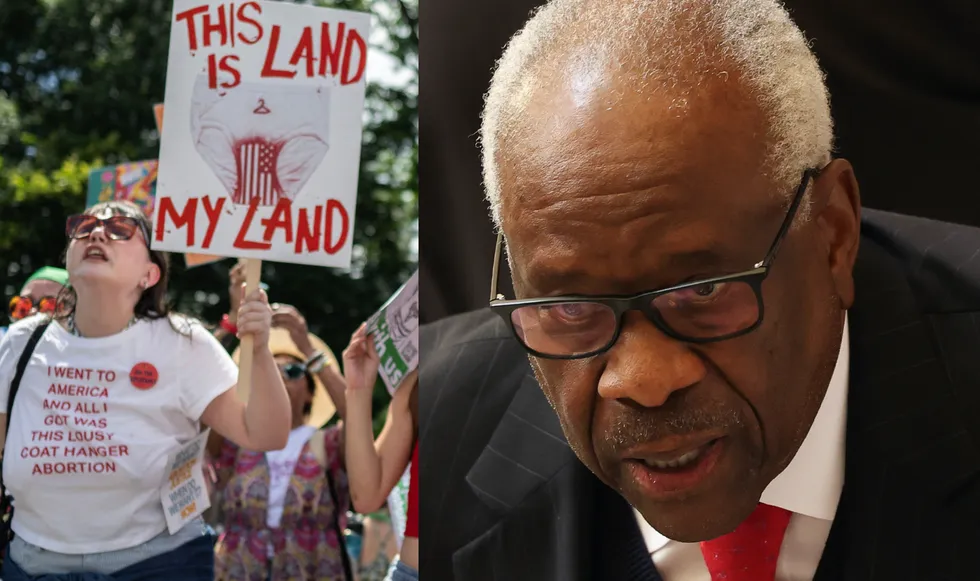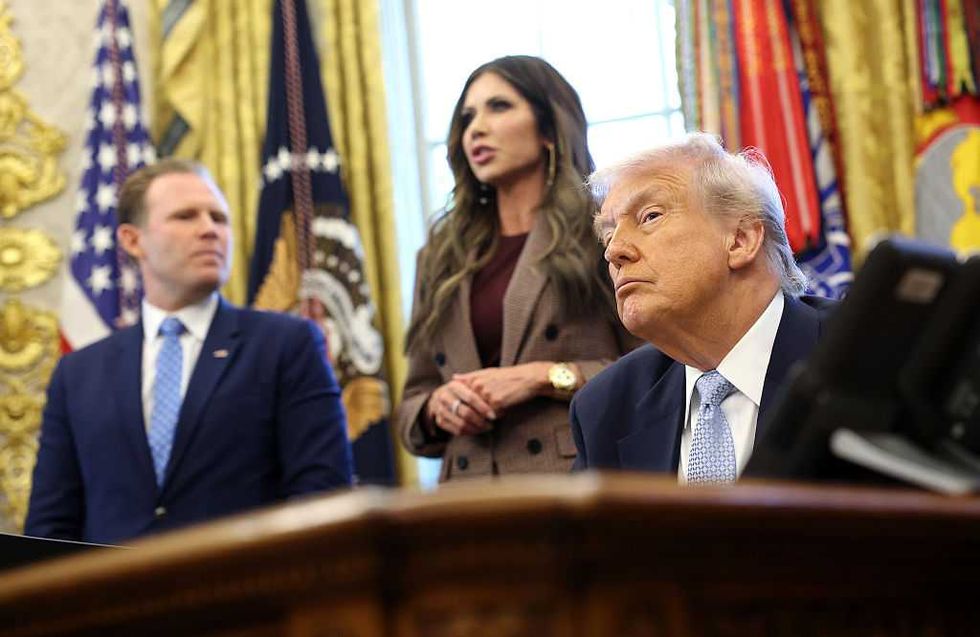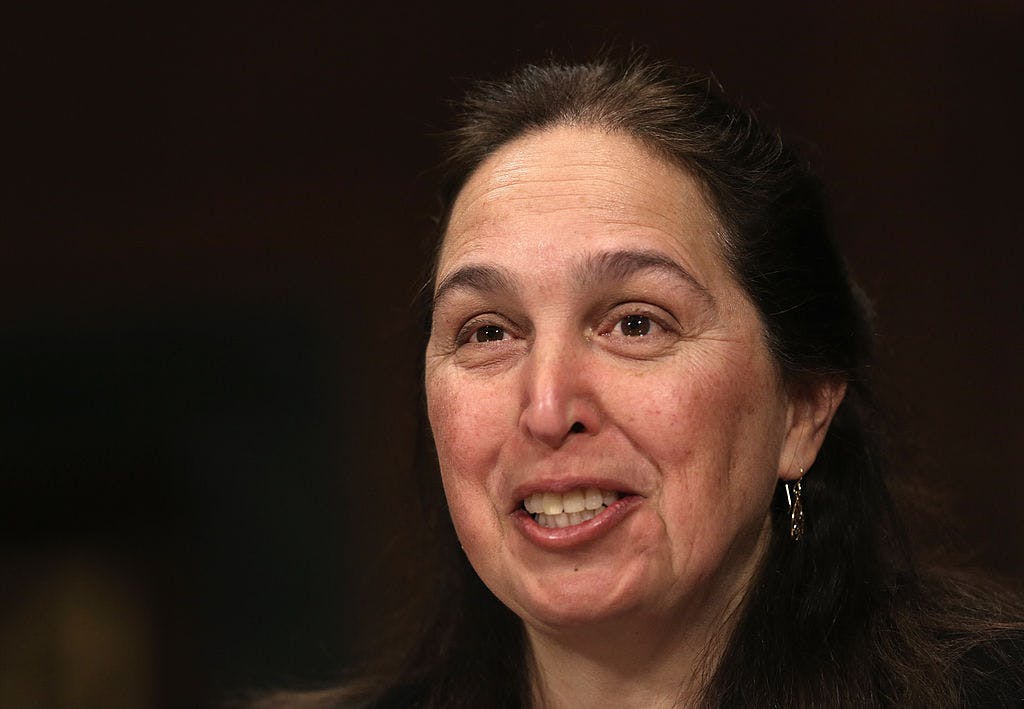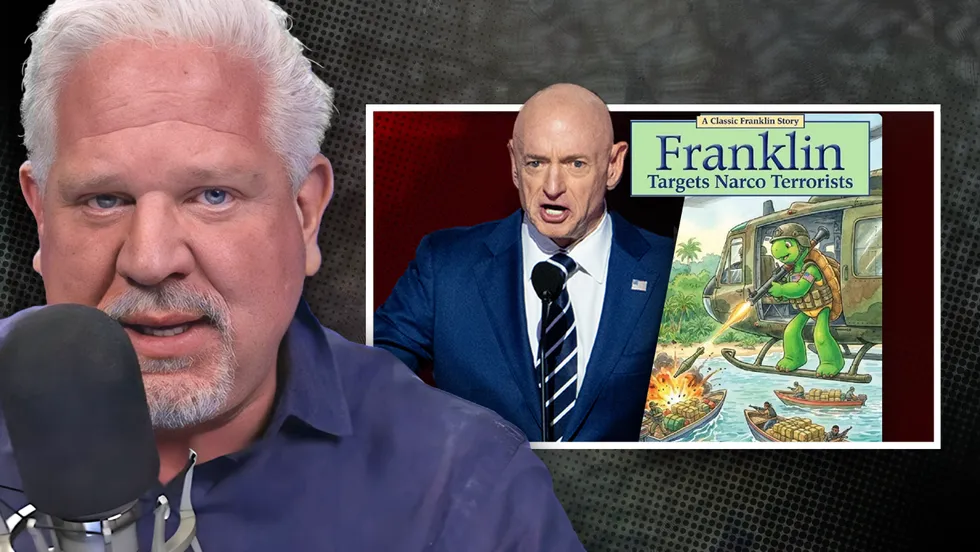Why It’s Time To Privatize Fannie and Freddie To Fix America’s Housing Market

The federal government’s grip on America’s housing finance system is contributing to the very affordability crisis it claims to solve.
Fannie Mae and Freddie Mac, two government-controlled mortgage giants, now back more than half the $16 trillion residential mortgage market. While they don’t issue loans directly, they purchase mortgages from lenders and securitize them, funneling credit through a government-directed system that distorts prices, encourages risk-taking, and leaves taxpayers exposed.
Now, under the direction of Federal Housing Finance Agency Director Bill Pulte, the Trump administration has reopened the long-stalled debate over what to do with these entities.
President Donald Trump recently pledged to take Fannie and Freddie public again, and Pulte has said the administration is considering how to do so while still keeping them in federal conservatorship. This contradictory posture—suggesting privatization while maintaining government control—has left markets, lawmakers, and taxpayers uncertain.
That uncertainty matters because the status quo is already creating long-term damage. Fannie and Freddie have been in conservatorship since the 2008 financial crisis, when their collapse required a $187 billion bailout funded by taxpayers. That was supposed to be a temporary fix. Instead, they’ve become permanent fixtures of the federal housing system, with an outsized footprint that crowds out private competition and weakens the incentives for prudent lending.
Nevertheless, the Trump administration is right — privatization is the answer here. However, it must be real privatization. While the White House can take a phased approach to removing their conservatorship, eventually, it must come off.
Critics of reform argue that ending federal backing could lead to higher mortgage rates. But those same critics ignore the long-term cost of the current arrangement. When lenders and investors operate with the understanding that the federal government stands behind their losses, the result is a mispricing of risk. The implicit guarantee that Washington will step in when things go south may keep rates lower in the short term, but it inflates home prices, misallocates credit, and leaves taxpayers holding the bag when the cycle turns.
The government’s role has also expanded in troubling ways. In January, the FHFA raised conforming loan limits to a record high of $806,500. These loans are now eligible for federal backing, meaning taxpayers subsidize million-dollar mortgages. That’s not a policy targeted at helping working families. It’s a distortion that inflates demand in already expensive markets and rewards politically connected interests at the expense of long-term affordability.
Meanwhile, the real challenge—supply—goes largely unaddressed. According to Axios, the U.S. faces a shortage of nearly 4 million homes. Easier credit does nothing to solve that. In fact, when supply is constrained, subsidizing demand only pushes prices higher.
The solution isn’t more government-backed debt. It’s more homes. And that requires less regulation and more room for private capital to operate.
According to the National Association of Home Builders, nearly $94,000 of the cost of an average new home is attributable to local, state, and federal regulation. Those barriers choke off new construction, especially in places where demand is strongest. The answer isn’t more government-subsidized credit; it’s a freer, more responsive market.
We’ve already seen the benefits of private capital stepping in to increase supply. Private ownership of newly built rental units has grown sharply—by nearly 70% in some areas—bringing stability and options to markets that would otherwise be constrained. Yet instead of encouraging this private-sector dynamism, some in Washington want to shut it down. Lawmakers have floated proposals to ban corporate homebuyers, cap investor purchases, or impose new restrictions on private equity in housing.
These misguided efforts mirror the broader failure of Washington’s housing policy: punishing private capital while doubling down on federal programs like Fannie and Freddie that drive up costs and distort incentives. Instead of vilifying the private sector, policymakers should welcome its role in helping lower housing costs and increasing housing supply. Privatizing Fannie and Freddie would represent a great place to start.
Fannie and Freddie were never meant to be permanent arms of the federal government. Their continued dominance—underwritten by taxpayers and controlled by regulators—creates a housing system built on political priorities instead of market signals.
Privatizing them would correct these distortions. It would restore risk-based pricing to mortgage markets, reduce taxpayer exposure, and invite new entrants and innovation into the system. A phased release from conservatorship—paired with a clear plan to reduce implicit guarantees—would allow a competitive private housing finance market to emerge, while maintaining stability during the transition.
Preserving the current model doesn’t protect affordability—it protects dysfunction. If the Trump administration is serious about improving access to housing and restoring fiscal responsibility, it must finish the job: end the conservatorship, get government out of the way, and let the housing market function like a market again.
The post Why It’s Time To Privatize Fannie and Freddie To Fix America’s Housing Market appeared first on The Daily Signal.
Originally Published at Daily Wire, Daily Signal, or The Blaze
What's Your Reaction?
 Like
0
Like
0
 Dislike
0
Dislike
0
 Love
0
Love
0
 Funny
0
Funny
0
 Angry
0
Angry
0
 Sad
0
Sad
0
 Wow
0
Wow
0


